
Barnacles are arthropods of the subclass Cirripedia in the subphylum Crustacea. They are related to crabs and lobsters, with similar nauplius larvae. Barnacles are exclusively marine invertebrates; many species live in shallow and tidal waters. Some 2,100 species have been described.
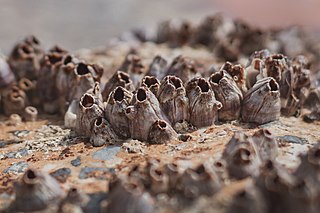
Balanus is a genus of barnacles in the family Balanidae of the subphylum Crustacea.

Thoracica is an infraclass of crustaceans which contains the most familiar species of barnacles found on rocky coasts, such as Semibalanus balanoides and Chthamalus stellatus. They have six well-developed limbs, and may be either stalked or sessile. The carapace is heavily calcified. The group includes free-living and commensal species.
Armatobalanus is a genus of crustacean in family Balanidae. It contains at least the following species :

Whale barnacles are species of acorn barnacle that belong to the family Coronulidae. They typically attach to baleen whales, and sometimes settle on toothed whales. The whale barnacles diverged from the turtle barnacles about three million years ago.

Megabalanus is a genus of barnacles in the family Balanidae. Members of the genus grow to 7 cm (2.8 in) in length and inhabit the lower intertidal zone.

Chthamalus is a genus of barnacles that is found along almost all non-boreal coasts of the northern hemisphere, as well as many regions in the southern hemisphere. These small barnacles have been studied in part because of the taxonomic confusion over a group of species that, by and large, are morphologically and ecologically quite similar. In recent years, molecular techniques have identified a number of cryptic species that have been subsequently confirmed by taxonomists using morphological measurements. Most recently the genus has been shown to be paraphyletic, with the genus Microeuraphia nested within Chthamalus.

Fistulobalanus is a genus of barnacles, comprising the following species:
Notomegabalanus concinnus is a species of barnacle in the family Balanidae. The species is harmless to humans and can be found in New Zealand and Argentina. It was described by Charles Darwin in 1854.

Amphibalanus is a genus of barnacle of the family Balanidae that includes species formerly assigned to Balanus. It contains the following species:

Concavus is a genus of barnacles.

Coronula is a genus of whale barnacles, containing the following species :
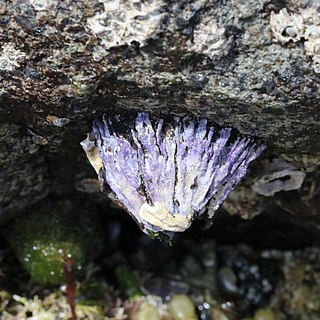
Austrobalanus is a genus of symmetrical sessile barnacles in the family Austrobalanidae, the sole genus of the family. There are at least three described species in Austrobalanus.

Epopella is a genus of symmetrical sessile barnacles in the family Tetraclitidae. There are about six described species in Epopella.
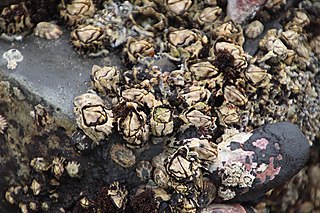
Octomeris is a genus of star barnacles in the family Chthamalidae. There are at least three described species in Octomeris.
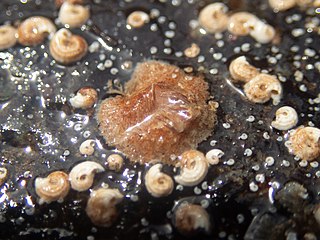
Verruca is a genus of asymmetrical sessile barnacles in the family Verrucidae. There are about 20 described species in Verruca, around half of them extinct.
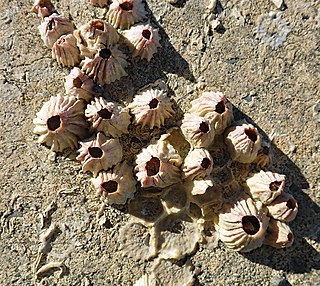
Notobalanus is a genus of acorn barnacles in the family Balanidae. There are at least two described species in Notobalanus.

Trevathana is a genus of coral barnacles in the family Pyrgomatidae. There are about 11 described species in Trevathana.

Tetrapachylasma is a genus of symmetrical sessile barnacles in the family Pachylasmatidae. There are about five described species in Tetrapachylasma.
















